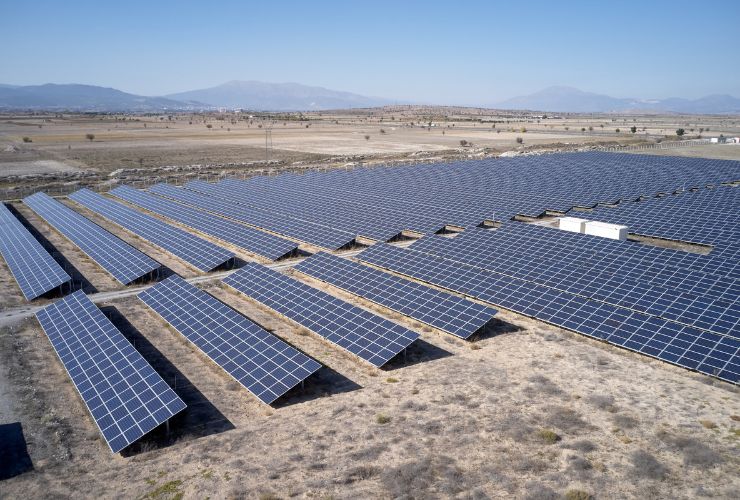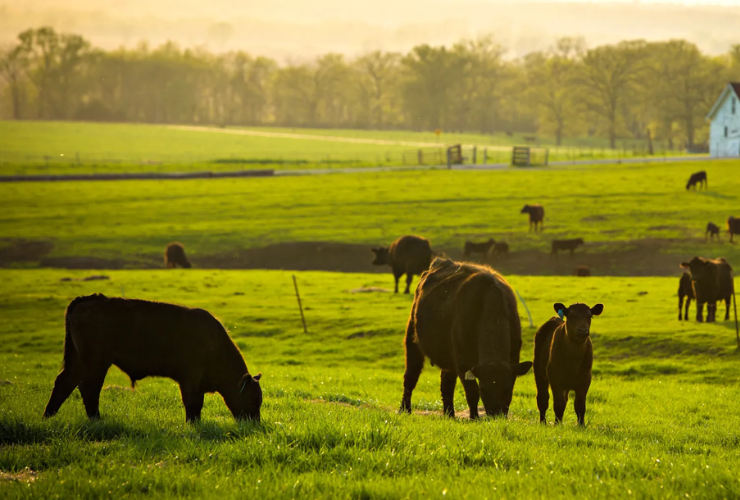Fast read
Yes, absolutely. Solar batteries are not only capable of supporting farm and rural operations in off-grid conditions, but they are also becoming a crucial technology for modern agriculture in Australia. A well-designed system provides energy independence from unreliable or non-existent grids, offers long-term cost savings by dramatically reducing diesel fuel consumption, and ensures a stable power supply for critical operations. Success hinges on accurately sizing the system to meet the farm's unique energy demands, from irrigation and machinery to cool rooms and accommodation.
Can solar batteries support farm or rural operations in off-grid conditions?
For many Australian farmers and rural property owners, reliable access to power is a constant challenge. The nearest grid connection can be kilometres away, with connection costs ranging from tens to hundreds of thousands of dollars, making it prohibitively expensive. For others, the existing rural grid, often in the form of a Single Wire Earth Return (SWER) line, is notoriously unreliable and unable to handle the demands of modern farming equipment like robotic milking systems.
This is where off-grid solar and battery systems are genuinely transformative, offering a viable, long-term solution to power an entire agricultural operation independently and sustainably.
What does an off-grid system for a farm involve?
An off-grid solar system for a farm is more than just a few panels on a shed roof; it’s a complete, engineered power station designed to meet heavy and often complex energy needs. The core components work together to generate, store, and deliver reliable power 24/7.
- Solar Panels: These are the foundation, capturing sunlight and converting it to DC electricity. A farm system requires a large array, often ground-mounted, to generate enough energy to meet daily needs and charge the batteries for overnight and cloudy day use.
- Battery Bank: This is the heart of an off-grid system. It stores the excess energy generated by the panels during the day. The battery’s capacity determines how long the farm can run without sun, a factor known as “days of autonomy.” For farms, this is critical for ensuring that vital equipment like irrigation pumps or refrigeration can run overnight or through several overcast days.
- Inverter/Charger: This sophisticated device is the brain of the system. It converts the DC electricity from the panels and batteries into the 240V AC power used by most farm equipment and households. It also manages the charging of the batteries from the solar panels and a backup generator if one is included.
- Backup Generator: While the goal is to run on solar as much as possible, virtually all off-grid farm systems include a backup diesel generator. This provides peace of mind and ensures that power is always available to protect livestock, crops, and sensitive equipment during extended periods of bad weather or unusually high energy demand. A well-designed system aims to minimise generator runtime, often reducing diesel consumption by up to 90%.
How do solar batteries power a modern farm?
The energy demands on a farm are diverse and demanding, but a properly sized battery system can handle them all. Today’s off-grid solutions can power a wide range of agricultural applications, providing the same, if not better, reliability than a grid connection.
Key applications include:
- Irrigation and Water Pumping: Powering water pumps consistently is vital for crop health and livestock.
- Refrigeration and Cold Storage: Essential for dairy, horticulture, and other produce, requiring uninterrupted power to prevent spoilage.
- Livestock Operations: Running everything from automated feeding and ventilation systems in poultry or pig sheds to electric fencing and robotic milking machines.
- Processing and Workshop Equipment: Powering workshops, sorting machinery, and other essential farm equipment.
- Homesteads and Worker Accommodation: Providing reliable power for lighting, appliances, and communications for everyone living on the property.
How do I know what size battery system my farm needs?
This is the most critical question and one that requires professional assessment. Unlike a simple residential setup, sizing a system for a farm is a complex task that must account for every single load, from the house kettle to the largest irrigation pump.
An experienced off-grid system designer will conduct a detailed load analysis, calculating your total daily energy consumption (in kilowatt-hours, kWh) and your peak power demand (in kilowatts, kW). This involves listing every appliance and piece of equipment, its power draw, and how many hours a day it runs.
The final battery capacity will be determined by:
- Daily Energy Use: The total kWh needed over a 24-hour period.
- Days of Autonomy: How many consecutive sunless days you need the battery to last. For systems with a reliable backup generator, this is often sized for 1.5 to 2 days to balance system cost and resilience. For systems without a generator, Australian Standard AS/NZS 4509.2 recommends a more conservative 4 to 5 days of autonomy to ensure reliability, depending on local climate conditions.
- Peak Load: The maximum amount of power needed at any one time, which determines the required inverter size.
Battery systems for farms are highly scalable. A medium-sized household might require 10-28kWh of battery capacity, while larger homes and farm operations could need 46kWh or significantly more. High-quality, modular lithium-ion batteries are often used, allowing for easy expansion as the farm’s energy needs grow.
What are the main benefits of going off-grid for a farm?
The advantages extend far beyond simply having power in a remote location.
- Energy Independence and Reliability: You are no longer subject to grid outages, brownouts, or fluctuating power quality, which can damage sensitive electronic equipment. This provides ultimate energy security.
- Significant Cost Savings: While the upfront investment is substantial, an off-grid system eliminates ongoing electricity bills. More importantly, it dramatically reduces the enormous operational cost and logistical hassle of relying on diesel generators.
- Environmental Sustainability: Going off-grid significantly reduces a farm’s carbon footprint by minimising the use of fossil fuels, aligning with sustainable farming practices.
- Increased Property Value and Resilience: An independent, self-sufficient power source is a significant asset, making the property more resilient to climate events and future-proofing the operation.
Are there any government incentives available?
Yes, owners of off-grid properties have access to significant federal government incentives that can substantially reduce the upfront cost of a solar and battery system.
Australia has two key programs that can assist:
- Small-scale Renewable Energy Scheme (SRES): This long-running scheme provides an upfront discount on the solar panel component of your system. The discount is provided through Small-scale Technology Certificates (STCs), with the quantity determined by the solar array’s size and your location.
- Cheaper Batteries for Household Solar Program: Commencing on 1 July 2025, this new federal program provides an additional incentive for the battery component of a new or expanded system. Off-grid systems are eligible for this support, provided the property is located at least one kilometre from the main electricity grid or has a new grid connection quote of $30,000 or more. The rebate will be delivered through STCs, making the investment in energy storage more affordable.
Together, these incentives make the comprehensive, self-sufficient power solution that farms require more financially accessible than ever.
Finding the right partner for your off-grid journey
Switching a farm to off-grid power is a major investment and a critical infrastructure decision. It is essential to work with an experienced and accredited off-grid designer and installer who understands the unique demands of Australian agriculture. They will ensure the system is correctly sized, uses high-quality components built for harsh conditions, and is installed to meet all relevant Australian standards for safety and performance.





